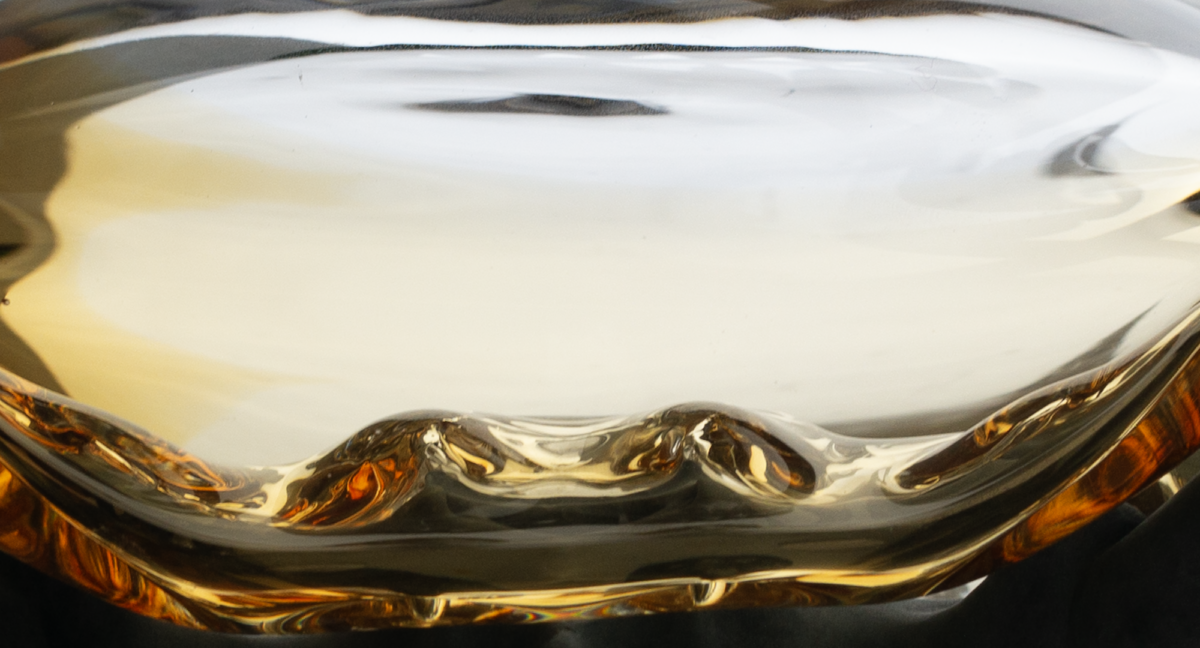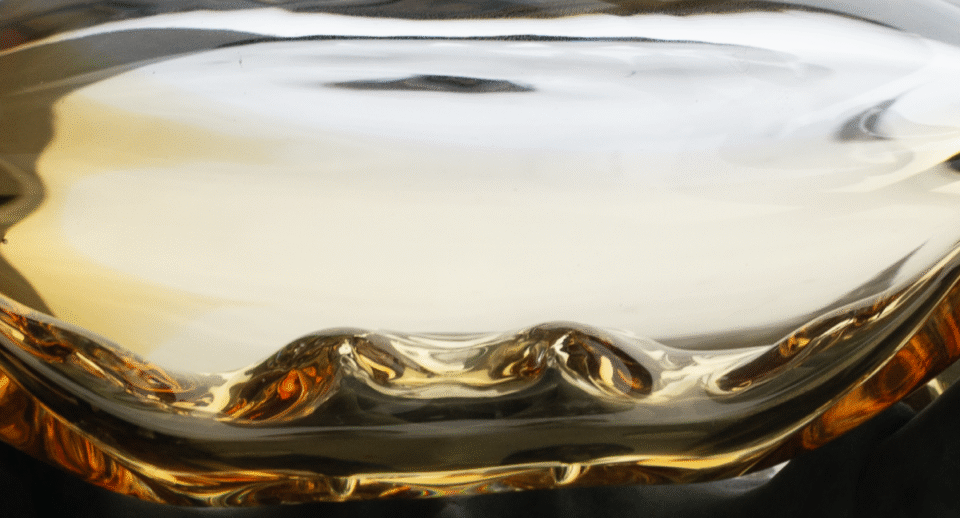
Directions, ideas, techniques: what to expect
Over the past year and a half, there has been a trend toward a return to “roots” — projects that combine traditional local techniques and contemporary art.
These initiatives require deep immersion in the subject and serious research, often within the framework of residencies, so this format is also gaining popularity.
Another notable trend is working with glass. Conceptual glass objects are actively represented in both solo and group exhibitions, partly replacing the recent trend for textiles and embroidery.
How the art audience has changed
Viewers are showing great interest in visiting exhibitions and fairs. Despite the fact that admission prices for such events have risen over the year — in some cases by 15-20% — works have appeared that are accessible to a wide audience (limited edition graphics, prints), which can be purchased at fairs and museum shops, as well as in online galleries and contemporary art markets.
At the end of last year, a record number of New Year’s markets of various formats took place. There was a growing interest in local stories and non-traditional media that had not previously enjoyed widespread popularity.
You can take a break from your usual activities here – social casino with sweepstakes
Who will set the trends
Although key museums continue to offer contemporary art, experiments begin not with the country’s major institutions, but with small, niche galleries, where curators and artists work more flexibly and are less dependent on frameworks.
Trends that later become evident at major art fairs can be spotted in their infancy in galleries. You can find interesting works at pop/off/art gallery, XL gallery, Marina Gisich Gallery, Anna Nova gallery, and MYTH Gallery.
If you are interested in finding your own artist, pay attention to those artists who are supported by non-profit contemporary art foundations — for example, LAF, Sfera, and Max Art Foundation. The list of grant recipients or residency participants is usually available on the foundation’s website — it usually includes a constellation of talents who have yet to make a name for themselves.
Neural networks
In the 2020s, neural networks rapidly entered the field of artistic experimentation as a tool for creating and refining works: images, video animation, text, sound, three-dimensional forms, and their printing with a 3D printer.
Materials generated by artificial intelligence with an element of randomness in their compilation are fantastic and surreal in themselves and have a corresponding influence on art.
Categories
Tags
Author
Gaston is a Belgian writer born in 1975. He writes on various subjects, Health, Fashion, Technology, CBD and Art for various publications including Spirou. He is based in Brussels.

